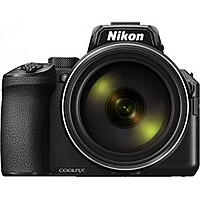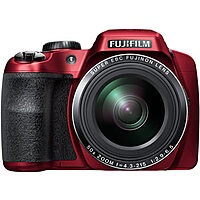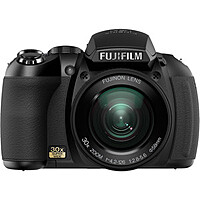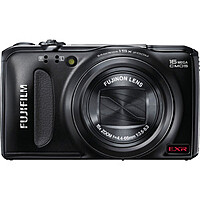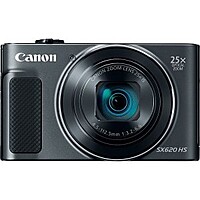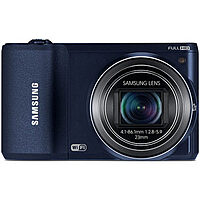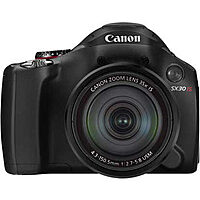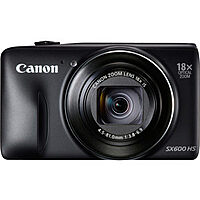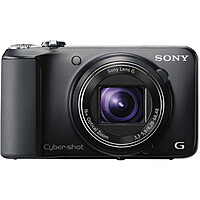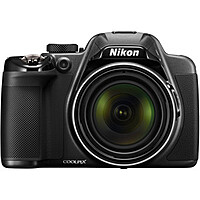Canon SX50 HS and Canon SX60 HS Main Features
- January, 2013
- September, 2014
- 12 MP 1/2.3 BSI-CMOS Sensor
- 16 MP 1/2.3 BSI-CMOS Sensor
- 24-1200 mm (50x) F3.4-6.5 Zoom Lens
- 21-1365 mm (65x) F3.4-6.5 Zoom Lens
- 80 - 6400 ISO
- 100 - 6400 ISO
- Optical Image Stabilization
- Optical Image Stabilization
- 2" Articulated Screen
- 3" Articulated Screen
- Electronic Viewfinder
- Electronic Viewfinder
- 202k dot Electronic viewfinder
- 922k dot Electronic viewfinder
- 2.0 fps continuous shooting
- 6.4 fps continuous shooting
- 1920 x 1080 video resolution
- 1920 x 1080 video resolution
- Built-In Wireless
- Built-In Wireless
- 123 x 87 x 106 mm, 595g.
- 128 x 93 x 114 mm, 650g.
- Price Category:
- Price Category:
Canon SX50 HS Scores
Imaging score
42
65
72
76
57
Canon SX60 HS Scores
Imaging score
36
76
75
73
61

